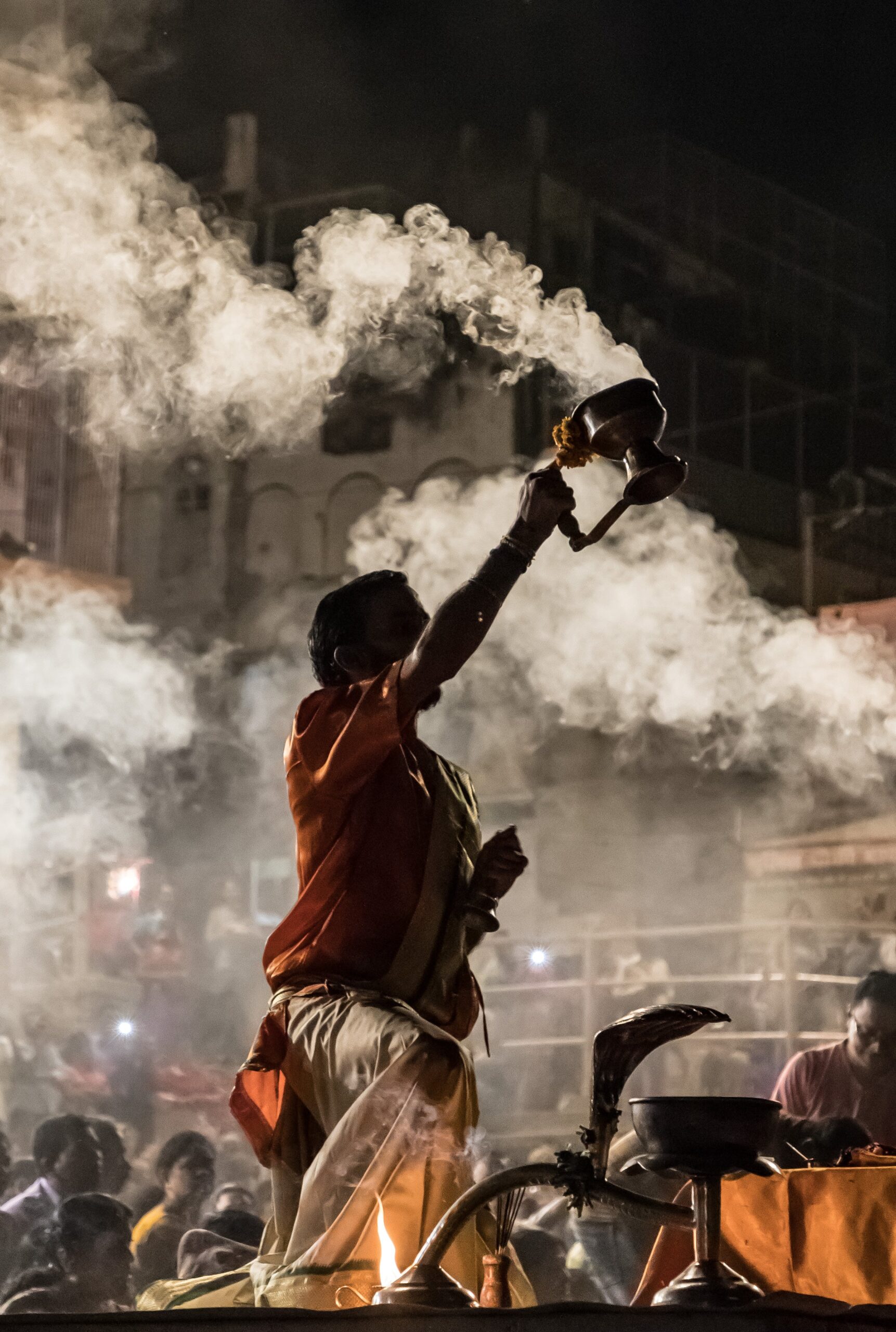Goddess Kali is always portrayed in the most destructive and dreadful form symbolizing time, creation, disruption or transformation.
Thus to understand what is implied by Goddess Kali, one must trace back to their origin. Despite that, She is usually affiliated with parvati-the devine wife for Lord Shiva. However, in her most familiar form, She appears as a dark skinned deity wearing human skull’s garlands, with long extended tongue that evokes fear and awe.
A common belief has it that she emerged as an answer to the demon, Raktabija. Angered, Parvati turned in to goddess Kali and took him on. By drinking Raktabija’s blood she hindered his ability to reproduce and also showed her relentlessness when protecting what is sacred to her.
However, at the heart of her being Kali, a representation of time taken from the sanskrit word kala meaning time or death. The unrelenting movement of time consumes everything and she represents time as a devil eating at life up until death. Dark in color, she is the aspect of kali that includes the destruction and re-creation of the universe. She is depicted as standing atop the body of Lord Shiva, representing her function during universal dissolution. Her connection to cremation grounds highlights her function as a leader to free spirits and their ultimate deliverance to the world of spirits.
The visual symbolism of Kali’s appearance is laden with meaning:
- Her dark complexion represents the all-consuming nature of time.
- The garland of severed demon heads around her neck signifies her victory over evil forces.
- Her tongue that comes out of the mouth symbolizes her wild nature as well as her desire of blood that may signify something literal or metaphoric
- She is often depicted wearing a skirt made of severed human arms, which represents her power to protect and provide for her devotees.
In her many arms, Kali frequently holds various weapons, each signifying a distinct facet of her power. These include a sword (representing strength), a noose (representing attachment), a severed head (representing the ego), and a trident (representing the power of will)
Kali, despite her fearsome depiction, holds a devoted following in Hinduism. She is revered as a fiercely protective mother who safeguards her children from harm and negativity. Kali is also seen as a symbol of empowering women, offering courage and strength to confront and vanquish evil. Her devotees believe that her blessings help them overcome inner demons and fears.
Kali’s significance extends to various Hindu rituals and festivals, with Kali Puja being prominent. Celebrated on the new moon night in the Bengali month of Kartik, it involves grand processions, cultural performances, and the construction of elaborate pandals to house the goddess’s idol. Devotees seek her blessings for protection, strength, and obstacle removal.
Modern Interpretations of Kali
Kali’s significance transcends traditional religious boundaries, inspiring modern interpretations in art, literature, and popular culture. She symbolizes empowerment, change, and the relentless passage of time, urging individuals to confront fears and embrace transformation.
In Hindu mythology, Kali embodies time, creation, and destruction. Her fierce appearance represents her unwavering commitment to protect devotees and vanquish evil. Worshiping her is not just devotion but empowerment, helping devotees overcome challenges.
Swami Vivekananda said, ‘Maa Kali is the mother of the universe and all beings.’ Kali remains a symbol of time’s power, change’s force, and the fierce protector guiding devotees through life’s cycles.

